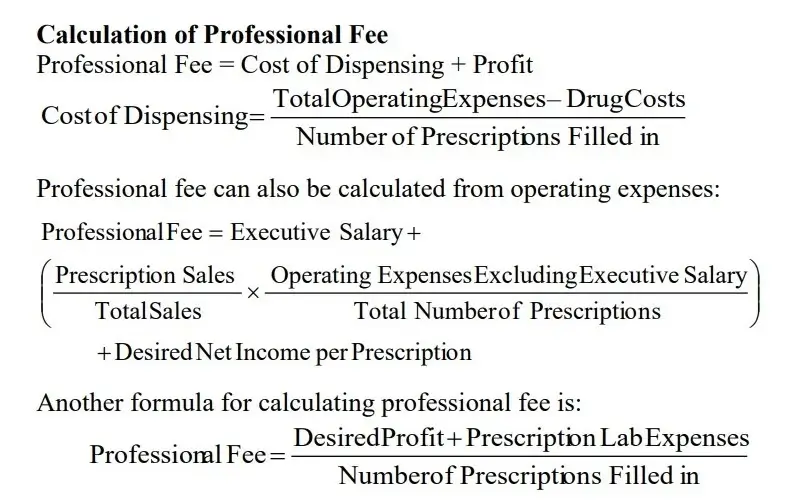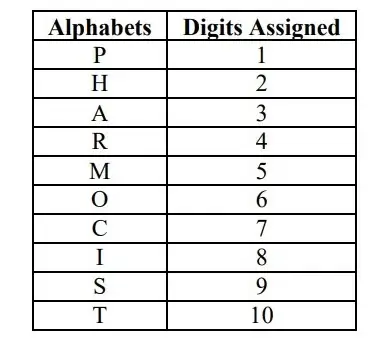All hospitals should have a uniform charging policy for drugs. An unbiased price for drugs should be charged to all the patients while considering the financial interests of the hospital. The charging policies are categorized under the following heads:
Table of Contents
Per Diem Drug Charge or all-inclusive or no Special Rate
In this system, charges for 250 patients are studied and their average daily charges for drugs and pharmaceutical services are calculated.
On comparing the actual charge with the projected per diem rate, the same revenue will be obtained as the itemized charging method. This system provides superior pharmaceutical services and also reduces the administrative and accounting costs of hospitals.
Part-Inclusive Rate
In this system, charges are made for drugs not on the free or supplied list.
Professional Fee Concept
This is the exclusive professional fee for all the operating expenses (including overhead and compensation) but not the actual cost of the drug and container. This concept is being employed as it recovers expenses of pharmacy and total hospital expenses. This fee concept should not be combined with markup or margin as these terms indicate that a percentage of wholesale or selling price is used as a base for the recovery of direct and indirect expenses.

The prescription fee is realistic and made with the costing methods. Prescription fees can be either kept constant or can be varied depending on the time taken to compound the prescriptions.
Some hospitals, however, may follow a system of simple mark-up (set by a responsible costing committee) on the total costs of ingredients to price the prescriptions. For example, a mark-up of 10% on a prescription of ₹10/- (drug costs are ₹10) will be ₹10 + ₹1.00 = ₹11.00. It is assumed that ₹1.00 includes the cost of operating the pharmacy by taking into account the total volume of the business. Each priced prescription should be suitably coded with letters consisting of digits assigned to the alphabet.

Break-Even Point Pricing
It is a useful tool in the overall analysis of the cost volume relationship and is defined on the level at which there is neither profit nor loss. For this, the pharmacist should ascertain the fixed and indirect expenses including expenses of hospital administration, maintenance, housekeeping, and depreciation of plant and equipment. Various costs, like housekeeping costs, and overhead costs (administration, light, water), are calculated by dividing the actual cost of these services by the number of prescriptions filled.
Cost-Plus Rate System
In this system, the pharmacist maintains better control using the formula:
It helps in the adjustment of cost fluctuation, differences in currency value, and financial requirements. It offers fairness to the hospital and patients.

Profit Aspect
In this, profit is calculated into price to the patient in the following ways:
- A fixed fee per prescription
- Addition of a predetermined percentage of the break-even point figure.
Computerized Pricing
This system is quite fair and provides computerized online pharmacy pricing. The computer program will ask for the following information:
- Patient number
- Drug identification number
- Dose factor
- Total number of doses dispensed.
